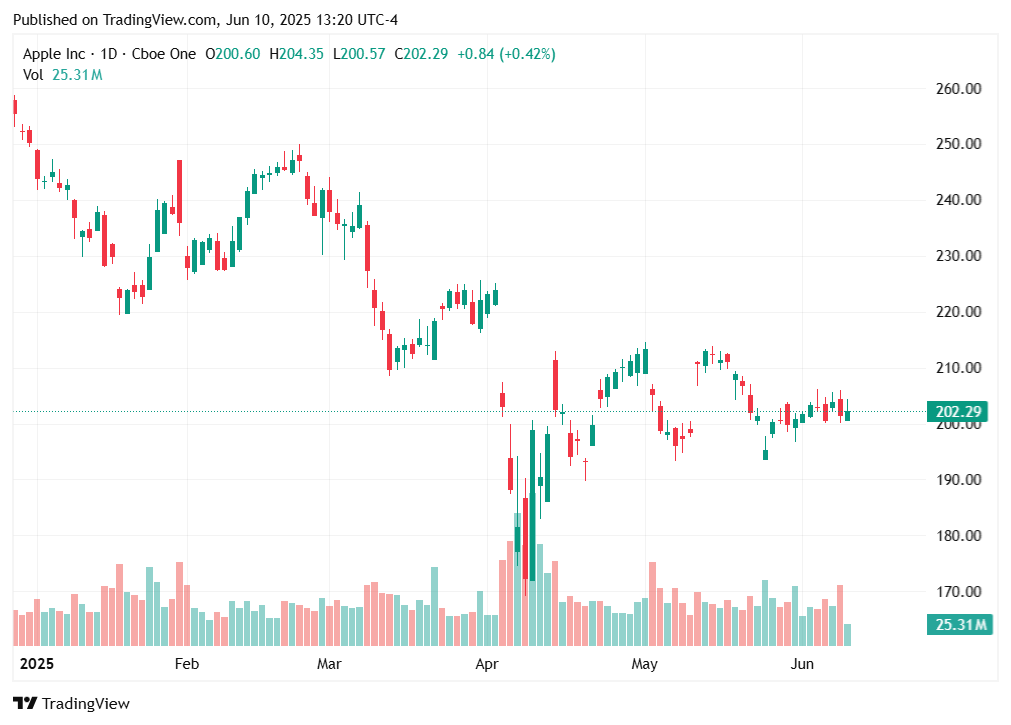IDEAYA's (IDYA) darovasertib to address uveal melanoma at various stages of disease
Assigning a 71.1% overall probability IDEAYA will report positive updates from the phase II trial.
While IDEAYA Biosciences, Inc.’s (NASDAQ:IDYA) precision oncology platform was generating seven partnerships with major drug companies over the last 10 years, the company managed to squeeze in proprietary rights and advance the small molecule darovasertib to treat neoadjuvant uveal melanoma (UM). IDEAYA plans to provide two updates to its darovasertib phase II trial in UM before the end of 2025.
UM is a rare and aggressive poorly diagnosed form of melanoma cancer, which typically manifests in the eyes of adults. Unfortunately, about half of new patients diagnosed will develop metastatic UV melanoma (MUM). At that point, when the cancer spreads beyond the eye to other organs, the survival rate is only one year.
Approximately 90% of UM patients carry a GNAQ mutation on chromosome 9 and a GNA11 mutation on chromosome 19. Researchers discovered the two mutations lead to the activation of the protein kinase C (PKC) pathway, which in turn stimulates the mitogen-activated protein kinase (MAPK) cascade. The downstream MAPK cascade is a factor in the proliferation of UM. Darovasertib inhibits activation of the PKC pathway, consequently slowing the output of the MAPK cascade and spread of the disease. We assigns a 71.1% overall probability IDEAYA will report positive updates from the phase II trial.
Key catalysts
Two data updates from phase II trial of darovasertib (IDE196-009) as a treatment for uveal melanoma (UM)
Key catalyst dates
2H 2025
Overall Probability: 71.1%
Market Demand: 70.8%
Adoption by KOLs: 73.0%
Clinical Trial Progress: 70.0%
Experience & Capital: 70.0%

MUM patients face a grim prognosis and prospects were even more severe until Immunocore Holdings plc (NASDAQ:IMCR) introduced tebentafusp, branded as KIMMTRAK, in January 2022. Tebentafusp works as a targeted therapy to destroy melanoma cells. The drug is a T-cell receptor-based molecule that homes in on gp100-expressing melanoma cells. gp 100 is an intracellular antigen presented on cells of HLA-A*02:01-positive MUM patients; tebentafusp activates cytotoxic T cells in the region that kill gp100-expressing UM tumor cells.
Tebentafusp, however, is restricted to patients with the HLA-A*02:01 allele. In spite of its very narrow MUM population eligible for treatment with tebentafusp, the drug recorded $238.7 million in sales in 2023 and $310 million in 2024. Tebentafusp was the first drug approved to treat MUM.
In contrast to tebentafusp, IDEAYA expects it can position darovasertib first in the neoadjuvant setting, where the drug could be used prior to surgery. This indication potentially positions darovasertib for use by estimated 12,000 patients annually in North America, Europe, and Australia. Tebentafusp may be suitable for perhaps 10% of that total once they develop MUM.
IDEAYA’S open-label, phase II trial includes two cohorts: Cohort 1 is comprised of enucleation patients (candidates to have the eye removed surgically) and Cohort 2, which consists of patients likely to receive brachytherapy.
Early data from 49 evaluable patients in the phase II trial indicated 49% of patients receiving darovasertib experienced a tumor shrinkage of >30%. An eye preservation rate of ~61% was observed for enucleation patients. The first clinical update at a medical conferences this year will focus on vision data and the plaque brachytherapy cohort in mid-2025. At a second medical conference before December, the company will present data on more than 90 UM patients from both the enucleation and plaque brachytherapy eligible cohorts.
THE EDGE
The data at the medical conferences should validate the phase III trial design for darovasertib, which IDEAYA and the FDA finalized in the first quarter of 2025. The 520-patient phase III trial will randomize UM patients 2:1 to receive darovasertib or a control. Two cohorts will include enucleation-eligible UM patients (n=120) and plaque brachytherapy-eligible UM patients (n=400). The primary endpoints of the trial include the eye preservation rate for enucleation patients and the proportion of patients with best corrected visual acuity 15-letter loss from time of randomization. A final primary endpoint will be the time of plaque brachytherapy completion for the plaque brachytherapy cohort.
As UM is a rare disease, IDEAYA does not need to test darovasertib against a competitor, such as tebentafusp. Moreover, the company already has demonstrated the eye preservation rate (~61%) and tumor shrinkage endpoints in the phase II trial. The agreement with the FDA on phase III design call for full approval, if the endpoints are achieved. The FDA also granted breakthrough designation therapy to darovasertib in UM, signaling the agency wants to move the drug into the earlier, neoadjuvant setting.
Adding to the FDA’s apparent push for darovasertib is the company’s phase II/III trial in combination with Pfizer, Inc.’s (NYSE:PFE) XALKORI (crizotinib) to treat MUM. The partners are applying the combination therapy as a first-line treatment for HLA-A2-negative MUM patients, potentially capturing a defined patient group that is not eligible for tebentafusp. A Goldman Sachs estimate projects $3 billion in peak sales for darovasertib, if it gains approval in primary UM and MUM. Immunocore likewise seeks to expand the tebentafusp indication beyond HLA-A2-positive MUM patients but appears to be trailing IDEAYA with its clinical programs.
Darovasertib’s mechanism of action to Inhibit the PCK pathway and slowing the MAPK cascade places the drug to be used earlier and earlier in UM diagnoses. Moving the treatment into early-stage UM will only expand the use of the drug. Initially, though, the darovasertib trials should demonstrate the drug can reduce enucleation, improve eyesight, and switch some UM patients to plaque brachytherapy. All good outcomes for a very serious disease, explaining why darovasertib continues to gain strong regulatory support when many peers are uncertain how to advance their drugs with an FDA in serious transition.
Disclosures:
Initiating coverage and a position in IDYA, and may close position prior to or following the expected catalyst date.




